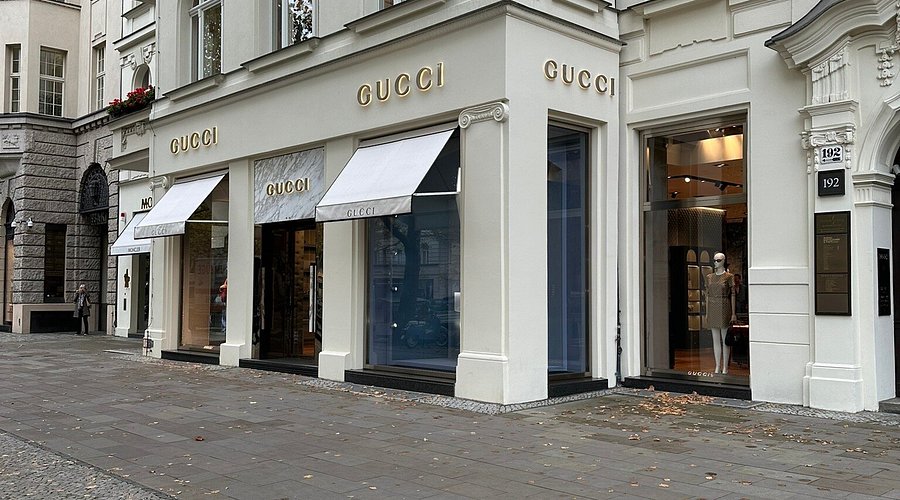Art Funds Overtake Gold as Ultra-Wealthy Hedge Against Market Shocks
By
John Carter
Last updated:
September 12, 2025
First Published:
September 12, 2025

Photo: The Edge Malaysia
Rethinking wealth preservation
For centuries, gold has been the go-to hedge for protecting wealth during times of uncertainty. Today, a new contender is emerging among the ultra-wealthy: art funds. These investment vehicles are redefining how high-net-worth individuals safeguard assets while diversifying portfolios in unexpected ways.
The rise of art as an asset class
Art has always been valuable, but in recent years it has gained recognition as a formal investment category. Art funds pool resources to acquire masterpieces from established and emerging artists, allowing investors to benefit from potential appreciation without owning individual pieces directly. This model combines financial strategy with cultural capital.
Why art outshines gold
Unlike gold, which is largely reactive to market conditions, art offers both aesthetic and financial value. Its scarcity and uniqueness mean that even during volatile periods, high-quality pieces often retain or increase in value. For investors seeking alternatives to conventional commodities, art presents an opportunity that is as intellectually stimulating as it is lucrative.
Diversification beyond traditional assets
Ultra-wealthy investors are increasingly aware that markets are interconnected in ways that make traditional hedges less reliable. Art funds provide diversification because their returns do not move strictly in line with equities, bonds, or precious metals. They offer a separate performance track that can stabilize portfolios during economic turbulence.
Global demand drives valuations
The rising popularity of art as a hedge has led to skyrocketing valuations at auctions worldwide. Museums, galleries, and private collectors compete for limited supply, pushing prices higher. For fund managers, the key is identifying artists whose work will appreciate over time, balancing risk with potential for exceptional returns.
The role of technology and transparency
Digital platforms have transformed the art investment landscape. Online auctions, blockchain-based provenance tracking, and virtual galleries enable investors to access global markets with confidence. Transparency in ownership, authenticity, and valuation has made art funds more appealing to sophisticated buyers seeking both security and convenience.
Cultural and prestige appeal
Investing in art is not solely about financial gain. For the ultra-wealthy, it also offers cultural prestige. Ownership or partial ownership of renowned pieces enhances social standing, signaling taste, refinement, and influence. This dual benefit of wealth protection and cultural recognition makes art funds particularly attractive to the elite.
Risks and considerations
Despite its appeal, investing in art is not without challenges. Market liquidity is limited compared to gold or stocks, and valuations can be subjective. Additionally, care, insurance, and legal frameworks must be meticulously managed. These factors make art investment a specialized field where expert guidance is essential.
Integration into broader wealth strategy
Many high-net-worth individuals integrate art funds into wider wealth management strategies, combining them with real estate, equities, and alternative assets. This approach maximizes returns while minimizing exposure to market volatility, turning collections into both emotional and financial capital.
A reflection of evolving luxury and financial thinking
The rise of art funds over gold reflects a broader trend in the mindset of the wealthy. Luxury is increasingly intertwined with strategy, culture, and long-term planning. Art is no longer just an indulgence; it is a sophisticated tool for preserving and enhancing wealth in a complex financial world.
Subscribe to unlock premium content
Sed at tellus, pharetra lacus, aenean risus non nisl ultricies commodo diam aliquet arcu enim eu leo porttitor habitasse adipiscing porttitor varius ultricies facilisis viverra lacus neque.
A comprehensive guide on Agile development

10 Productivity tools that are worth checking out

Top 7 Must have management tools for productivity

A comprehensive guide on Agile development

10 Productivity tools that are worth checking out

A comprehensive guide on Agile development








.png)
